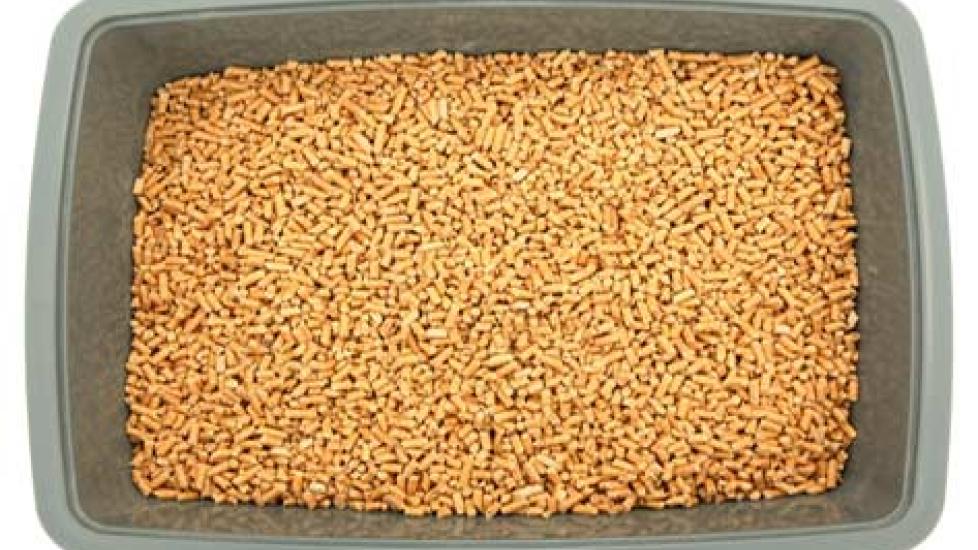Eco-Friendly Cat Litter
What smells if you don’t change it, is thrown away when your "baby" is done with it, and is often made from clay? If you answered cat litter, you probably have some furry feline leaving you smelly presents ever few hours.
Traditional cat litter, first introduced in the mid-1940s, is made from clay, which is then dried and pelleted. The clumping characteristics of the litter, meanwhile, is derived from the type of clay used -- sodium bentonite, a type of clay made from volcanic ash.
As with all clay, sodium bentonite must be mined. But it is the manner in which bentonite is mined that is most concerning. Because bentonite is generally found near the surface, "strip mining" is used to excavate the mineral. Environmentalists have long argued that this method of mining, unless reclaimed, has a negative impact on the topography, vegetation, and water resources of the surrounding area -- essentially leaving behind large tracts of infertile waste rock.
More than 25 percent of the 4.87 million tons of bentonite mined in the United States in 2008 was used for pet waste absorbents, according to U.S. Geological Survey. And it appears as if the amount of bentonite mined will continue to rise unless the demand for it diminishes.
So, what can a concerned citizen of the Earth do? Check to see if your cat litter lists sodium bentonite as an ingredient or seek eco-friendly alternatives. There are a variety of biodegradable litters on the market today, including those made from recycled newspaper, clumping sawdust, corn, wheat, beet pulp, pine wood pellets and other plant resources. Not only do many of these provide you the benefits of traditional cat litters, but your conscience can remain guilt-free.
Image: Jaimie Duplass / via Shutterstock
